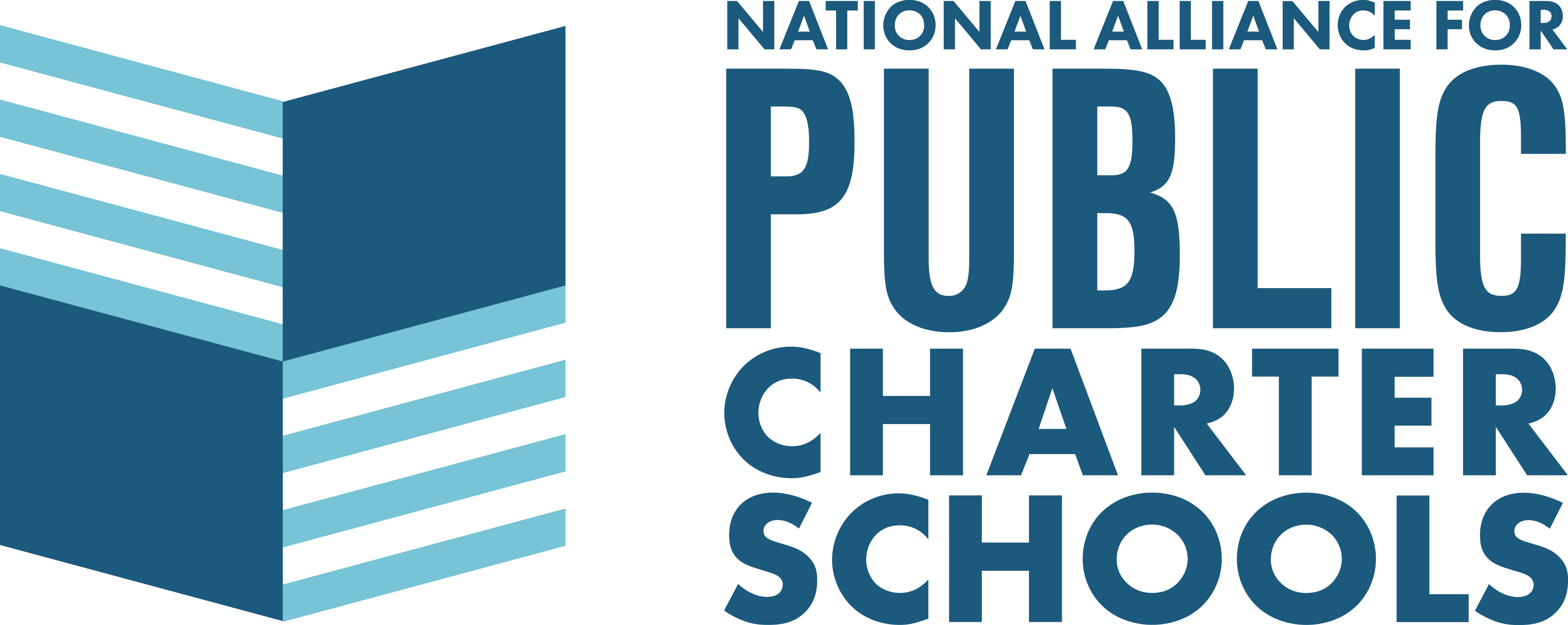EXECUTIVE SUMMARY
HIGHLIGHTS FROM 2023-24
Public charter schools have grown significantly over the past two decades, serving 3.9 million public school students in the United States as of the 2023-24 school year. The National Alliance for Public Charter Schools is uniquely positioned to be a source of comprehensive data as the importance of charter schools continues to rise. This Charter School Data Digest is a digital resource with clear, practical data on important issues surrounding charter schools.
How many charter schools and students are there?
In the 2023-24 school year, 8,140 charter schools and campuses served 3.9 million charter students nationwide. This is more than double the number of schools and campuses, and triple the number of students, than the 2005-06 school year. Charter schools enrolled 7.8% of all public school students in 2023-24, up from 6.5% in 2018-19. While the charter sector has continued to expand, the rate of growth has slowed since 2015-16. As the total number of charter schools has grown larger, adding roughly the same number of new schools each year produces a smaller percentage increase overall. In other words, steady yearly openings contribute less to percentage growth when the base of existing schools is much larger.
Who attends charter schools?
Of all public school students, 7.8% attend a charter school. Charter schools serve proportionately more students of color and more students from low-income backgrounds than district schools. In the 2023-24 school year, students of color made up 71.9% of the charter school student body, while 55.3% of district school students were students of color. Charter school students are also more likely to be eligible for the federal free and reduced-price lunch program (63.4%) than their district school counterparts (55.8%).
Where are charter schools located?
As of September 2025, 47 states have laws permitting charter schools, and charter schools currently operate in 45 states (44 states in 2023-24), as well as in Washington, D.C., Guam, and Puerto Rico. In the 2023-24 school year, five states—California, Texas, Florida, Arizona, and New York—accounted for more than half of all charter school enrollment. A majority of charter schools are in urban areas (58.8%), but charter schools are also found in suburban areas (25.2%), rural areas (10.6%), and towns (5.4%). Since 2005, there has been steady growth in the number of local school districts with at least one charter school in their geographic boundaries.
How are charter schools funded?
For public schools, there are three major funding sources: federal, state, and local. The relative amount of funding from each of these three sources differs between charter schools and district schools. On average, charter schools that function as their own school districts receive about 77 cents for every dollar a district school receives, amounting to approximately $4,300 less per student. While the total amount of funding for charter schools is less than for district schools, charter schools usually receive a higher proportion of their funding from states and a lower proportion from local sources, compared to district schools.
Who manages charter schools?
Charter schools can be managed independently, by a charter management organization (CMO), or by an education management organization (EMO). Independently managed (freestanding) charter schools account for 56.4% of charter schools and 50.6% of charter enrollment. CMOs manage 31.3% of charter schools and 32.5% of charter enrollment, and EMOs account for just 12.3% of schools and 17% of charter enrollment. Freestanding and CMO-managed schools are most often found in urban areas, while EMO-managed schools serve suburban and urban communities more or less equally. CMO-managed schools enroll the highest share of Black and Hispanic students across management types, while freestanding charter schools enroll the highest shares of Asian and White students. Overall, the top 10 CMOs and the top 10 EMOs account for 25% of charter school enrollment.
Who authorizes charter schools?
Authorizers play a critical role in the charter sector. Authorizers are the entities empowered by a state legislature to decide whether a charter school will open and the standards it must meet to remain open. While there are several different types of authorizers, the most common authorizers are local educational agencies (LEAs). In 2023-24, LEA authorizers were accountable for 45% of charter schools and students. However, state educational agencies (SEAs) and independent charter boards (ICBs) notably hold a high concentration of authorizing power. Although there are only 20 SEA authorizers and 18 ICB authorizers, these groups together oversee approximately 39% of charter schools and campuses and 40% of charter student enrollment. The 10 LEA, SEA, ICB, and higher education institution (HEI) authorizers with the largest enrollments account for nearly 60% of all charter enrollment in the 2023-24 school year.
For questions about this resource, please send a data request to the National Alliance data and research team at datarequest@publiccharters.org. For media requests, please contact Brittnee Baker at brittnee@publiccharters.org.



